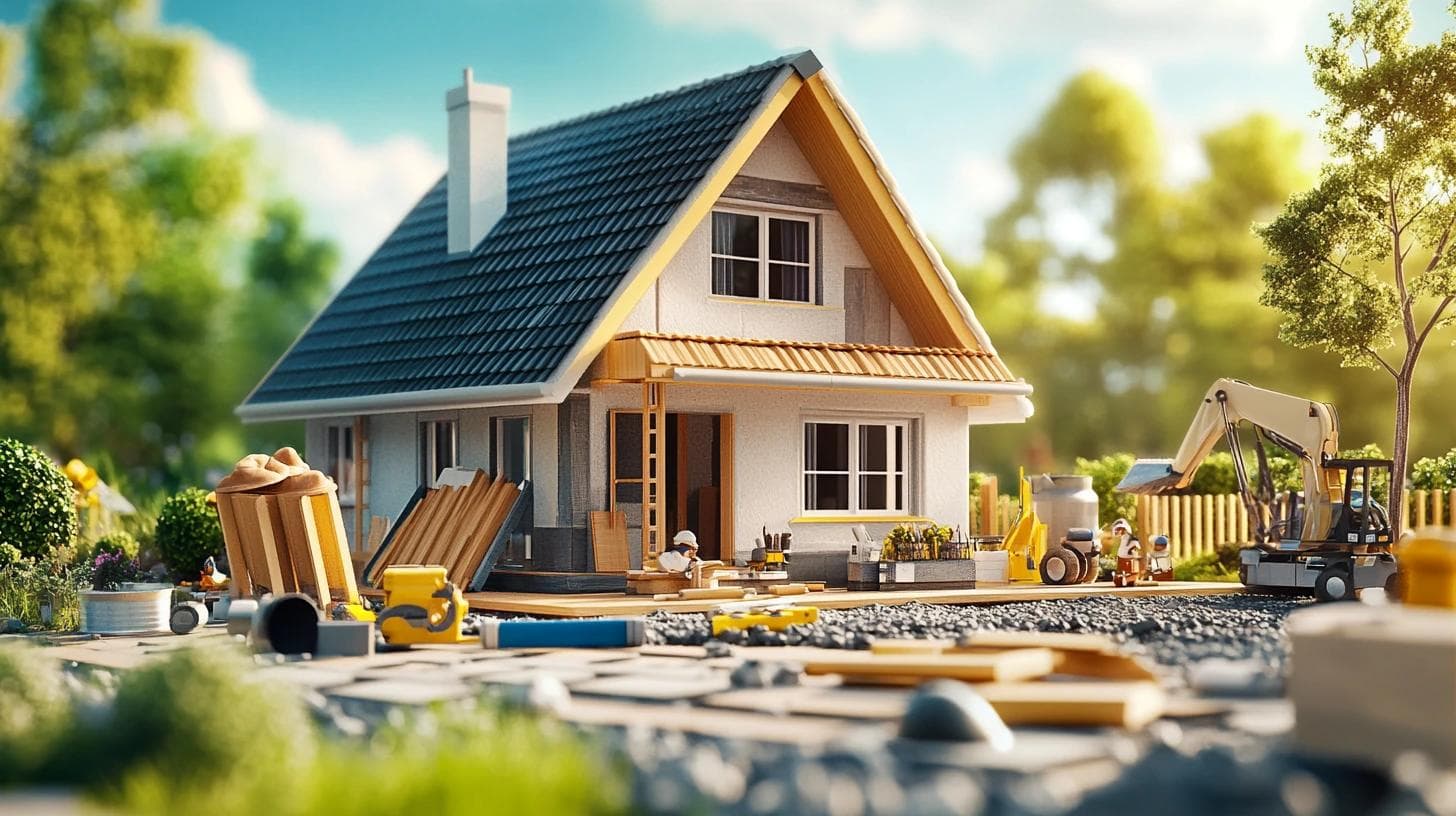
Property Maintenance Trends 2025: What Homeowners and Businesses Need to Know
Property Maintenance Trends 2025: What Homeowners and Businesses Need to Know
Introduction
As we move into 2025, the property maintenance industry is evolving rapidly, driven by advances in technology, changing environmental priorities, and shifting client expectations. Whether you’re a homeowner looking to keep your property in pristine condition or a business owner striving to maintain a professional image, staying ahead of the latest property maintenance trends is essential. In this post, we’ll explore the top property maintenance trends for 2025, offering insights into what homeowners and businesses need to know to keep their properties well-maintained, efficient, and compliant with modern standards.
1. Smart Maintenance Technology
One of the most significant property maintenance trends in 2025 is the rise of smart maintenance technology. From AI-driven maintenance scheduling to IoT-enabled monitoring systems, technology is transforming how property maintenance is planned and executed.
Key Features of Smart Maintenance Technology:
- Predictive Maintenance: Using data analytics to predict when maintenance tasks are needed, reducing unexpected breakdowns.
- Automated Reporting: Real-time data collection and reporting that helps track performance and detect issues early.
- Remote Monitoring: IoT sensors track equipment and environmental conditions, allowing for proactive maintenance without manual inspections.
Why It Matters:
Integrating smart maintenance technology can save property owners significant time and money while increasing operational efficiency. For businesses, this means less downtime and a more professional appearance. For homeowners, it means fewer unexpected repair costs.
2. Sustainable and Eco-Friendly Practices
With increasing environmental awareness, 2025 sees a growing demand for sustainable and eco-friendly property maintenance solutions. This trend is driven by both regulatory requirements and consumer preference.
Sustainable Maintenance Practices:
- Green Cleaning Solutions: Using biodegradable, non-toxic products for routine maintenance.
- Energy-Efficient Systems: Installing HVAC systems with high energy ratings and sustainable building materials.
- Water Conservation Initiatives: Utilizing rainwater harvesting and efficient irrigation systems.
Why It Matters:
Sustainability not only helps the environment but also reduces utility costs and enhances property value. Businesses that adopt sustainable practices often benefit from a positive brand image and meet regulatory standards more easily.
3. Data-Driven Maintenance Strategies
Data is increasingly becoming a core aspect of property maintenance management. By leveraging advanced analytics and data collection methods, property managers can make informed decisions to improve maintenance efficiency.
Key Data-Driven Practices:
- Maintenance Forecasting: Analyzing historical data to predict future maintenance needs.
- Cost Analysis: Identifying cost-saving opportunities through data tracking.
- Performance Metrics: Monitoring service efficiency to optimize maintenance schedules.
Why It Matters:
Data-driven maintenance strategies allow both homeowners and businesses to make proactive choices, resulting in reduced costs and increased longevity of property assets.
4. Flexible and Adaptive Spaces
With the rise of remote work and hybrid environments, property maintenance has to accommodate flexible and adaptive spaces. This trend is especially relevant for commercial properties that are reconfiguring office layouts to support both in-person and remote work.
Key Adaptations:
- Modular Furniture: Easily movable and reconfigurable to adapt to changing needs.
- Smart Workspace Monitoring: Using occupancy sensors to manage cleaning schedules and optimize energy usage.
- Maintenance-on-Demand: Quickly addressing issues in dynamic work environments.
Why It Matters:
By creating adaptable spaces, property owners can maximize space utilization and provide a more comfortable and efficient environment for occupants.
5. Health and Safety First
In 2025, health and safety continue to be top priorities for property maintenance. From air quality monitoring to rigorous cleaning protocols, maintaining a safe environment is crucial for both residential and commercial properties.
Health and Safety Maintenance Practices:
- Air Quality Systems: Regular HVAC filter replacements and air duct cleaning.
- Enhanced Sanitation: Routine disinfection of high-touch areas in commercial spaces.
- Emergency Preparedness: Regular inspections and updates to safety equipment like fire alarms and sprinkler systems.
Why It Matters:
Ensuring health and safety not only protects occupants but also demonstrates a commitment to compliance and risk management.
6. Outsourcing to Professional Maintenance Services
With the increasing complexity of maintenance needs, more property owners are outsourcing to professional maintenance companies like Asimpa Clean. This trend reflects a desire for expertise, reliability, and cost-effective solutions.
Benefits of Professional Maintenance Services:
- Specialized Expertise: Skilled professionals handle complex tasks.
- Time Savings: Efficient management without the hassle.
- Quality Assurance: High standards are consistently maintained.
Why It Matters:
By outsourcing maintenance, property owners can focus on their core activities while leaving upkeep to the experts.
Conclusion
Staying on top of property maintenance trends in 2025 means embracing technology, prioritizing sustainability, and ensuring health and safety. By leveraging data-driven strategies and professional services, homeowners and businesses can maintain properties that are both functional and aesthetically pleasing. Whether you’re implementing smart technology or outsourcing to professionals, proactive maintenance will help preserve the value and appeal of your property in the years to come.
For expert property maintenance services that keep your property up to modern standards, contact Asimpa Clean today!
